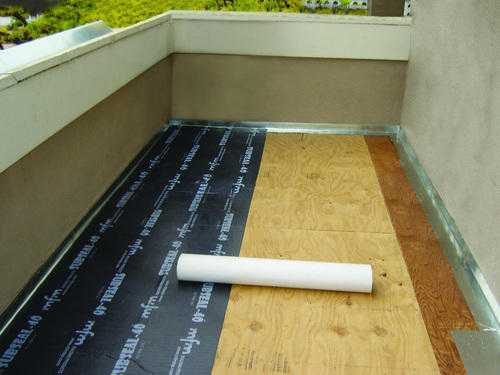Unless you have a set schedule for deck waterproofing, remembering when to do this chore is difficult. However, your deck will show you when you need to have it retreated to reduce water damage. Not keeping your deck treated could lead to water damage that reduces the deck’s integrity and could lead to injuries. Waterproofing your deck should be a critical home maintenance chore to keep your home looking great and your deck safe.
Table of Contents
ToggleConsequences of Failing to Waterproof Your Deck
Not maintaining a protective coating on your deck affects more than its appearance. In fact, water damage on a deck could cause it to collapse, resulting in serious harm to any people on or near it. A water-damaged deck that is too dangerous to use can decrease your home’s overall value until you replace it. Replacing the entire deck due to water damage will cost you much more than simply keeping up with regular waterproofing treatments. Watch out for these signs that you need to call a company to have your deck professionally treated.
Watch Out for Water Spots
Water spots or stains tend to appear first as the waterproof coating on a wooden deck wears away. You may notice these spots in areas that have frequent exposure to water or areas of standing water. For instance, where water drips off the roof onto the deck or in splash zones around the edge of a pool.
These stains don’t always mean that the deck has sustained damage. However, you should schedule waterproofing soon to prevent further water seepage into the wood.
Look for Rusty Fasteners or Fixtures
Another sign of water damage to your deck occurs around fixtures and near joints on the deck. When you inspect your deck, look for rusty or corroded nails and screws. These could indicate areas where water remains close to the decking material. Replace the damaged fasteners and carefully examine the deck wood for signs of water damage. If the wood is soft or has water spots, it will need replacing and waterproofing.
Inspect for Decayed, Split, or Rotten Wood
Decayed, split, or rotten wood indicate that the water damage on your deck has progressed to a severe problem. Carefully examine the place where the deck meets the house, an area known as the ledger board. This site is the point of failure for many decks. Don’t forget to also inspect the joists, stairs, railing, banisters, and supports of the deck for signs of decay or rot. If you notice any decay, schedule repairs of the damaged areas and deck waterproofing for the rest of the surfaces.
Enjoy Your Deck by Keeping It Safe and Looking Good
The safety of your deck depends on the wood’s integrity. However, rainfall, pool water, and garden water can cause damage to the surface of the deck and seep into the wood. Without treatment, the wood will rot, posing the risk of collapse. To keep your deck safe, make sure you have deck waterproofing regularly or when you notice any of the above signs that the coating has worn away.
Sources
https://plidek.com/importance-waterproofing-deck/
Categories
Recent Posts
Advertisement


